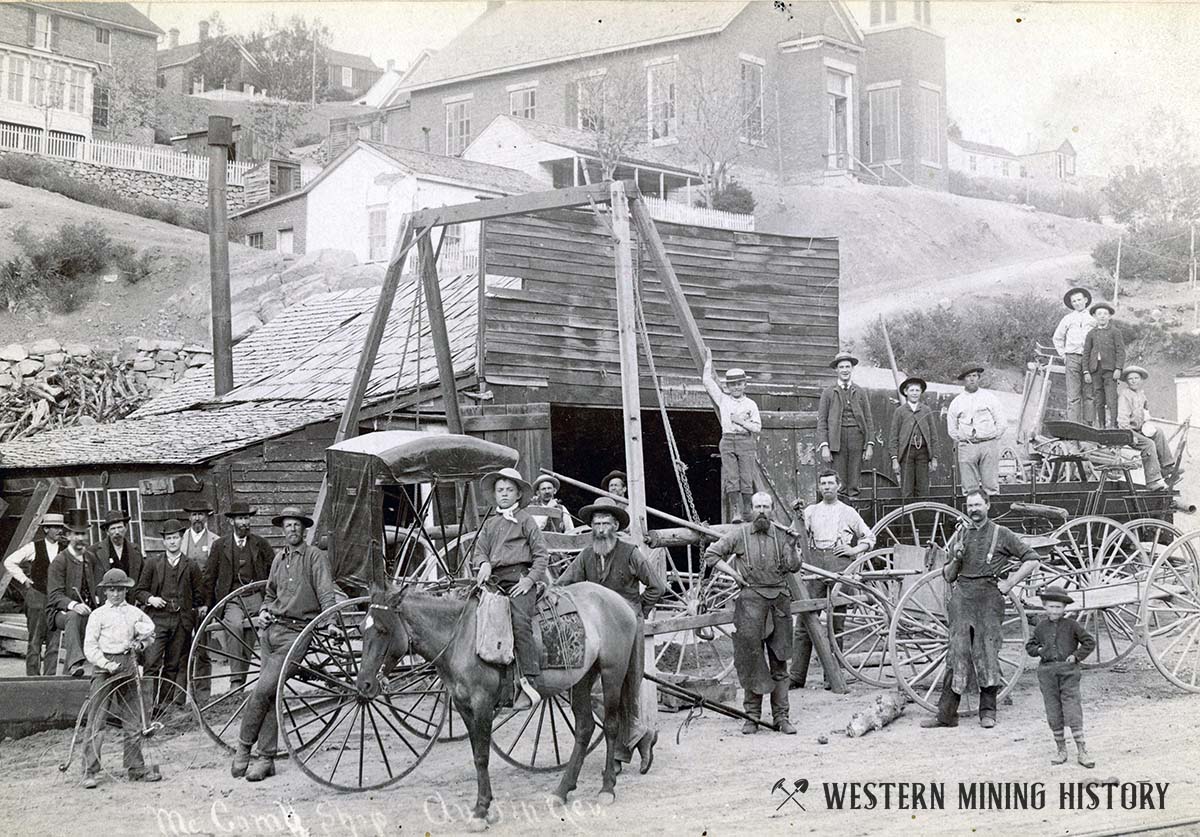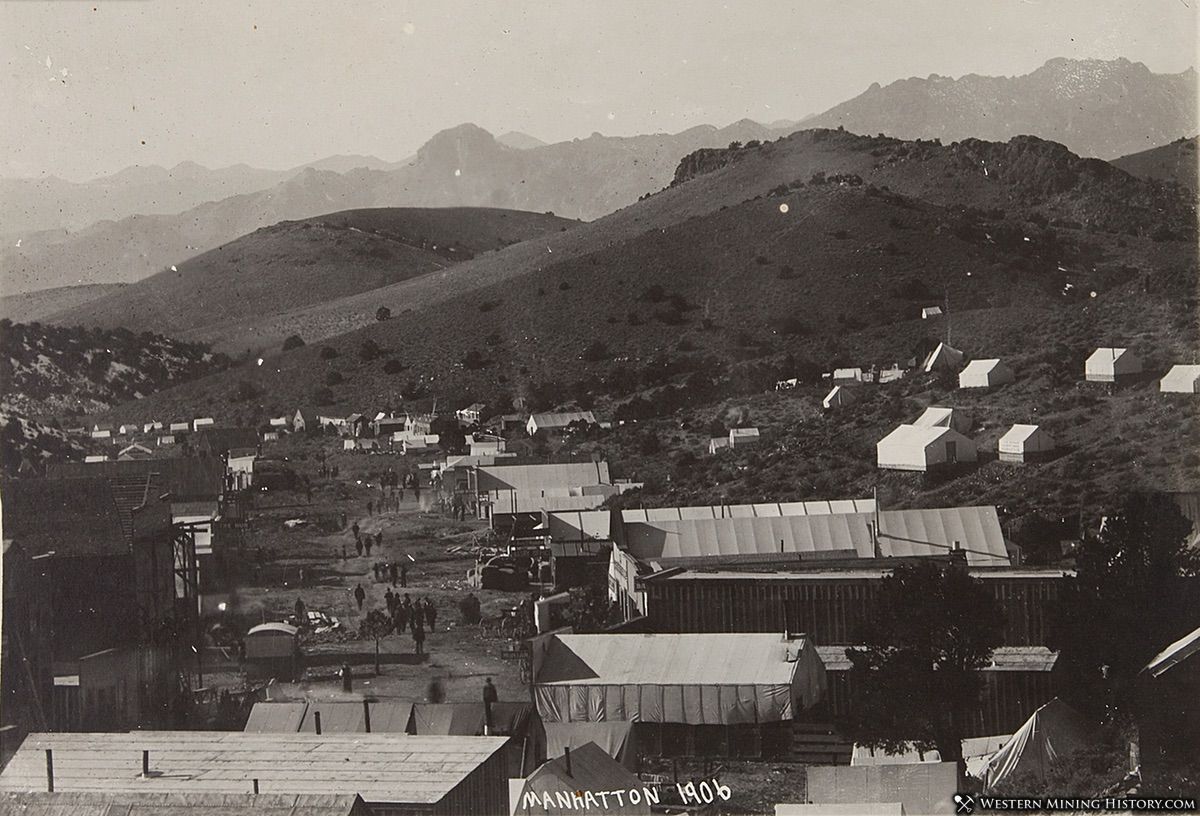Berlin History
The text on this page is from Nevada State Parks.
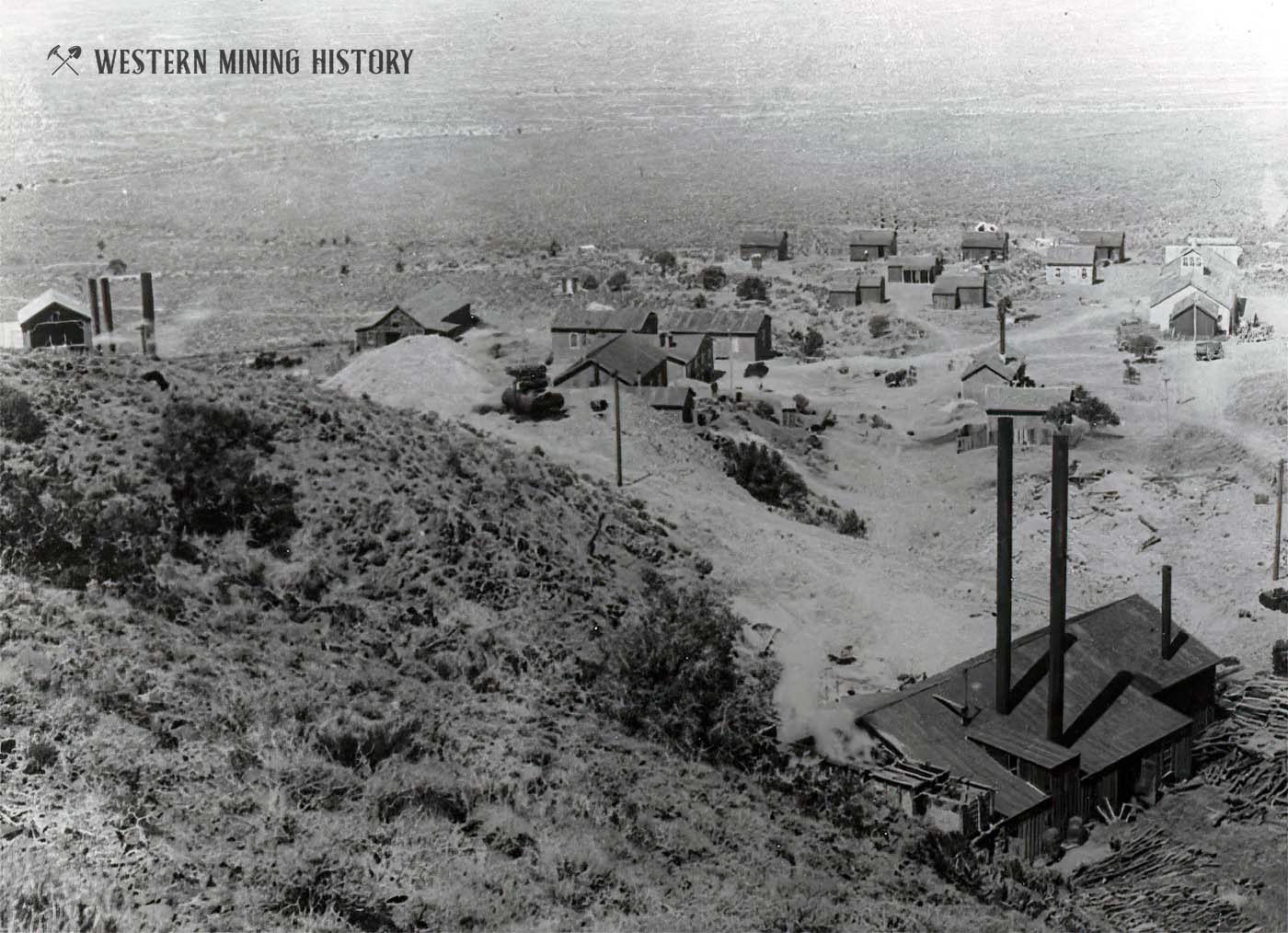
The first mining activity in the region was in May 1863 when a small group of prospectors discovered silver in Union Canyon and the small mining camp of Union was settled. The following year the Union Mining District was formed, including the towns of Union, Ione, Grantsville, and later, Berlin.

The first assay report in Berlin Canyon was in 1869, but is was not until 1896 that the Berlin Mine was established. With the purchase of the mine and numerous surrounding mining claims by the Nevada Company in 1898, the town of Berlin was soon in its heyday until 1908, declining to its death by 1911.
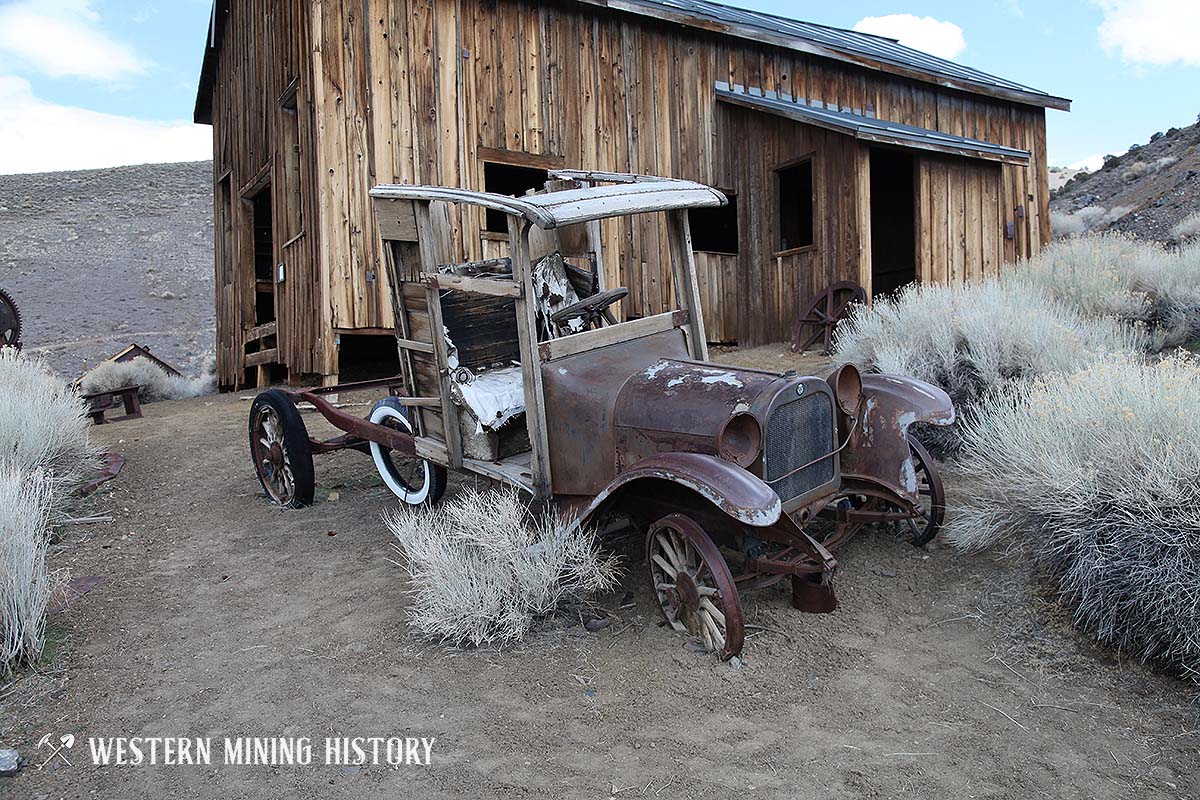
With the rise of Berlin the old settlement of Union, a mile to the east, revived as its old buildings were used by the Berlin miners. During its heyday, Berlin and its Union suburbs supported 200-250 people including miners, woodcutters, charcoal makers, a doctor and nurse, a forest ranger and a prostitute.
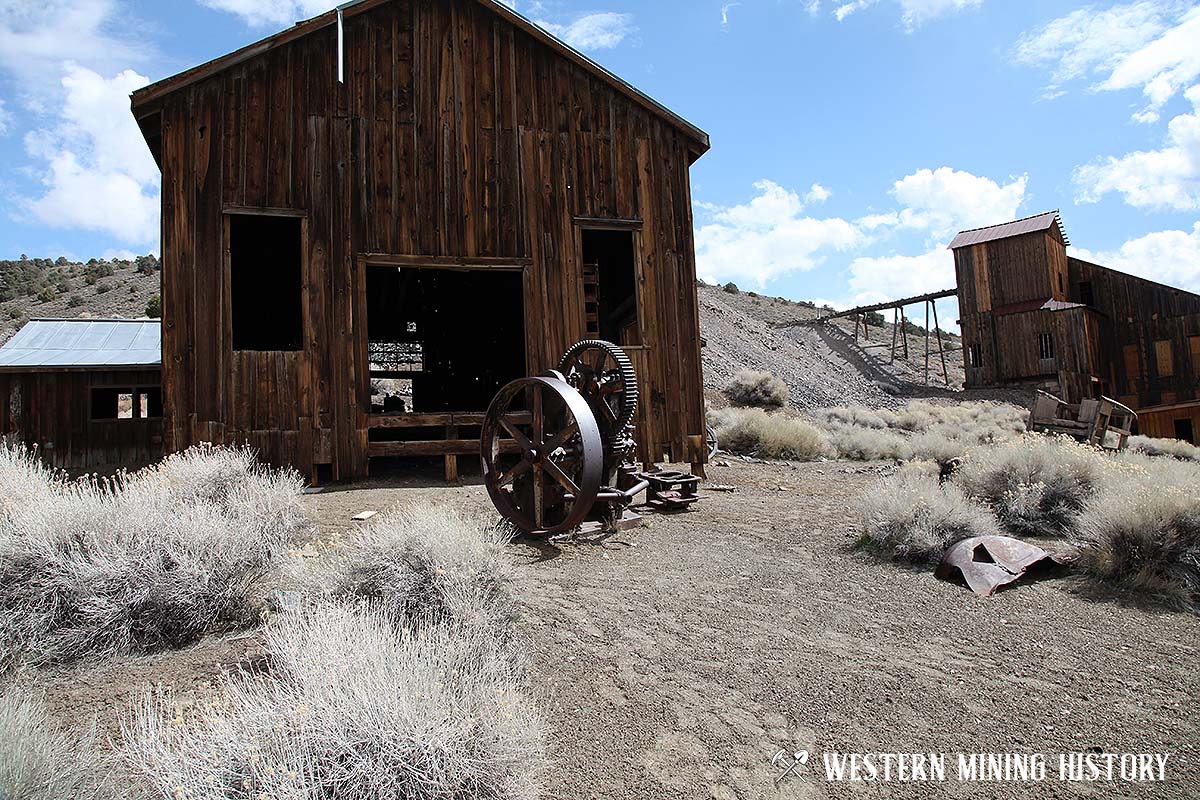
Buildings included a 30-stamp mill, assay office, barn and corrals, union hall, store and post office, infirmary, stage station and homes. Many of the buildings still remain. Some of the residents are interred in the cemetery below the town.
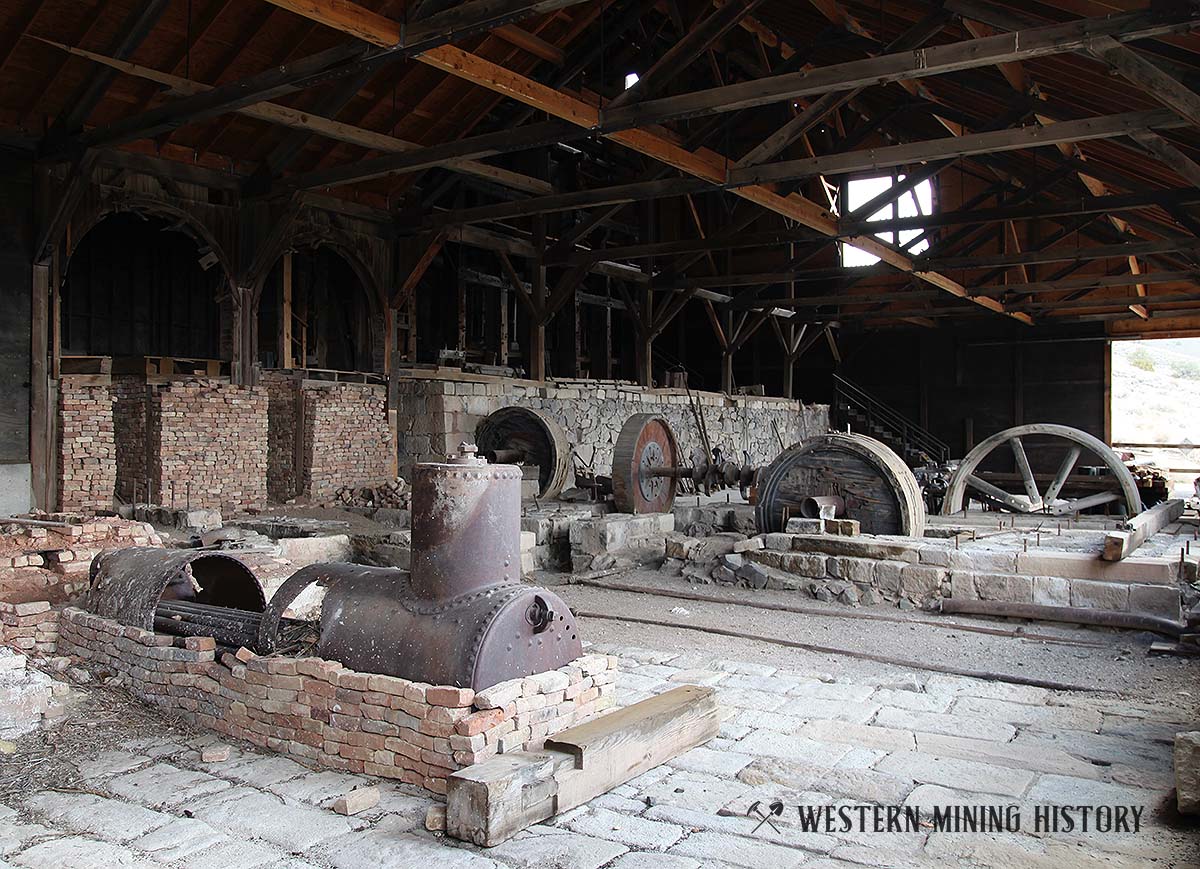
The Berlin Mine was worked from an incline shaft with eight levels. The total production of its three miles of tunnels is estimated to have been $849,000 at a time when gold was $20 per ounce and silver was approximately 604 an ounce. The Berlin Mill processed the ore by crusher, stamps, amalgamation, and concentrating tables.
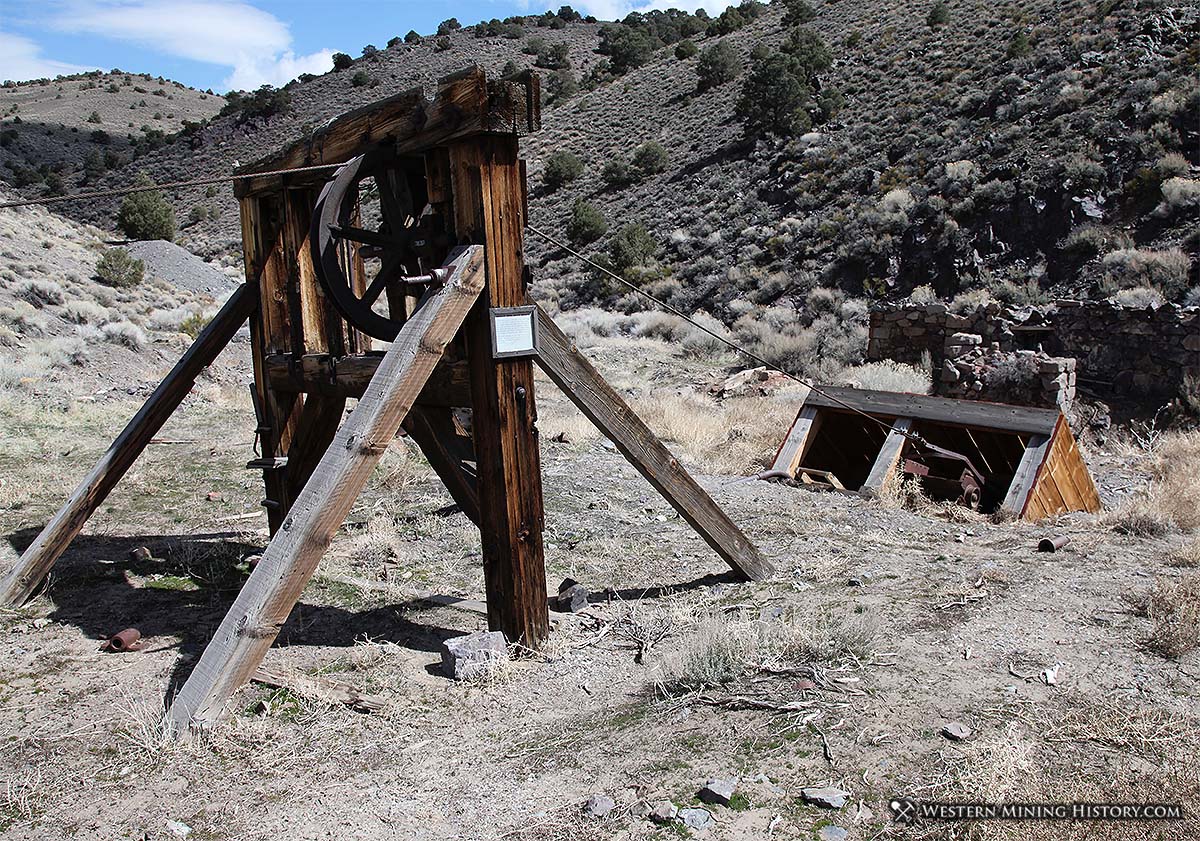
Today Berlin stands as a true Nevada ghost town, preserved for present and future generations. Visitors are invited to walk through the old townsite, read the numerous descriptive signs, peer into the windows and imagine life during this colorful period of Nevada's past.

Berlin-Ichthyosaur State Park
Berlin-Ichthyosaur State Park was first established in 1957 to protect and display North America's most abundant concentration and largest known Ichthyosaur fossils at the time. The park also preserves the turn-of-the-20th century mining town of Berlin as well as the Diana Mine.

The Ichthyosaur fossil area is a Registered Natural Landmark and the historic townsite is on the National Register of Historic Places. These national designations speak to the unique value of the resources preserved here.

Berlin Photo Gallery
Many more photos are available in the Berlin, Nevada photo gallery.
Nearby Mining Towns
These are a selection of notable mining towns near Berlin.
Austin
Austin, Nevada was the location of central Nevada's first big mining boom. In what was previously unexplored territory, the rich silver mines of Austin attracted thousands of miners and prospectors, many of whom went on to prospect beyond Austin, staking tens of thousands of claims, opening hundreds of new districts, and settling dozens of new camps.
Manhattan
Manhattan, Nevada was settled in 1905 after gold discoveries in the area. By 1906 over 4,000 people flooded into the town in hopes of striking it rich.
Nevada Mining Photos
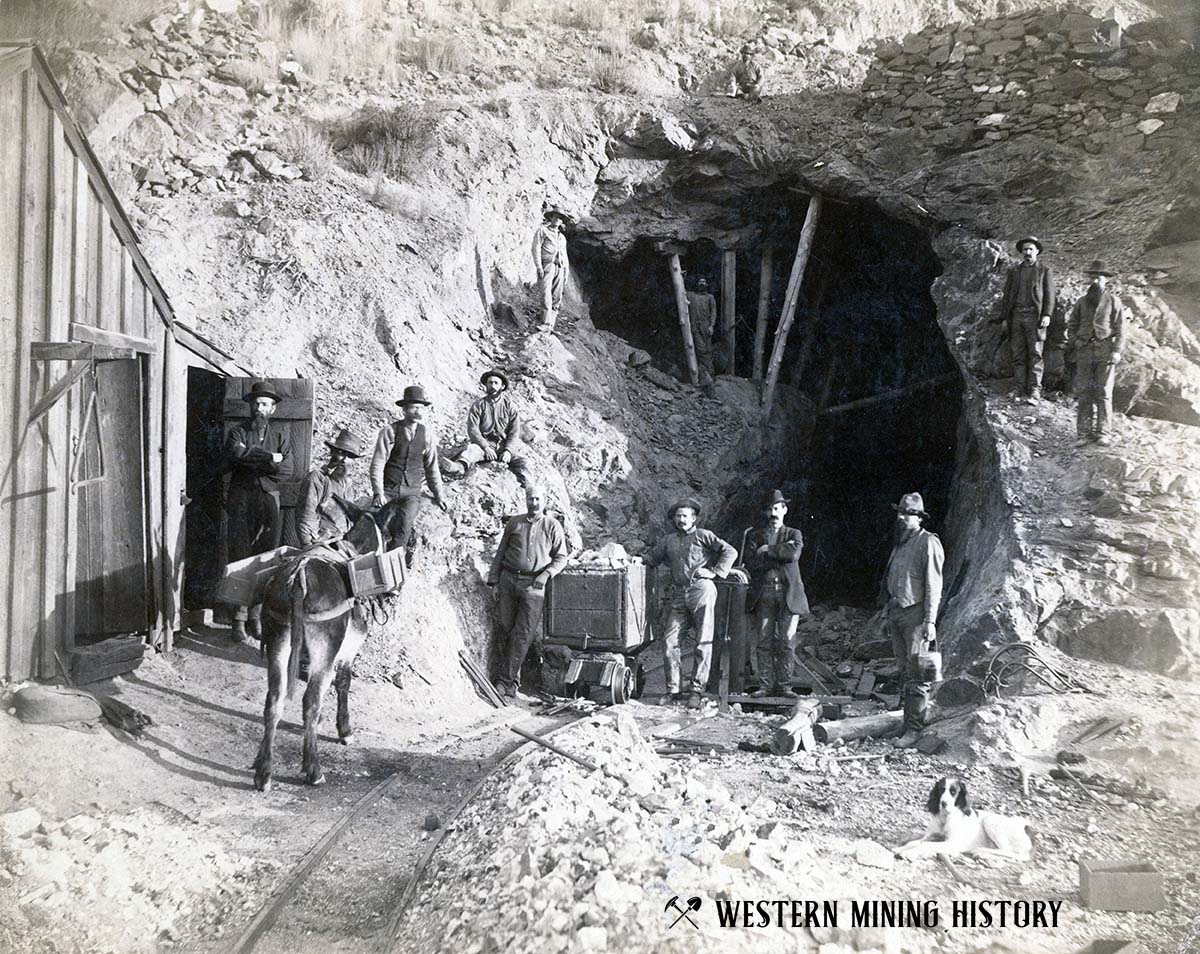
A Collection of Nevada Mining Photos contains numerous examples of Nevada's best historic mining scenes.
Nevada Gold

Nevada has a total of 368 distinct gold districts. Of the of those, just 36 are major producers with production and/or reserves of over 1,000,000 ounces, 49 have production and/or reserves of over 100,000 ounces, with the rest having less than 100,000 ounces. Read more: Gold Districts of Nevada.


